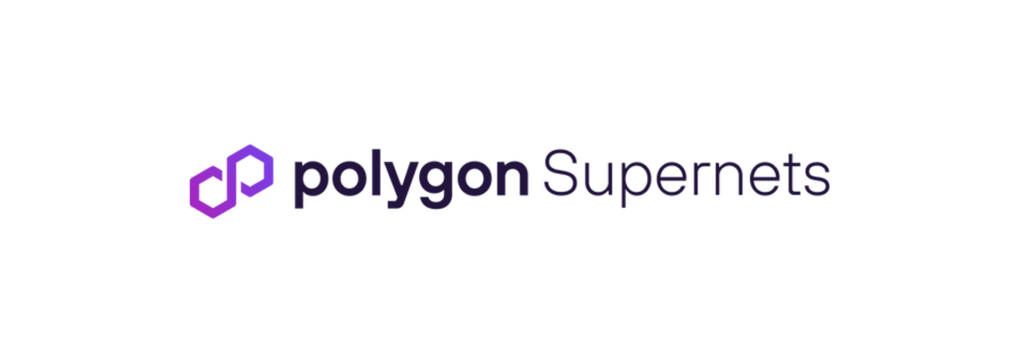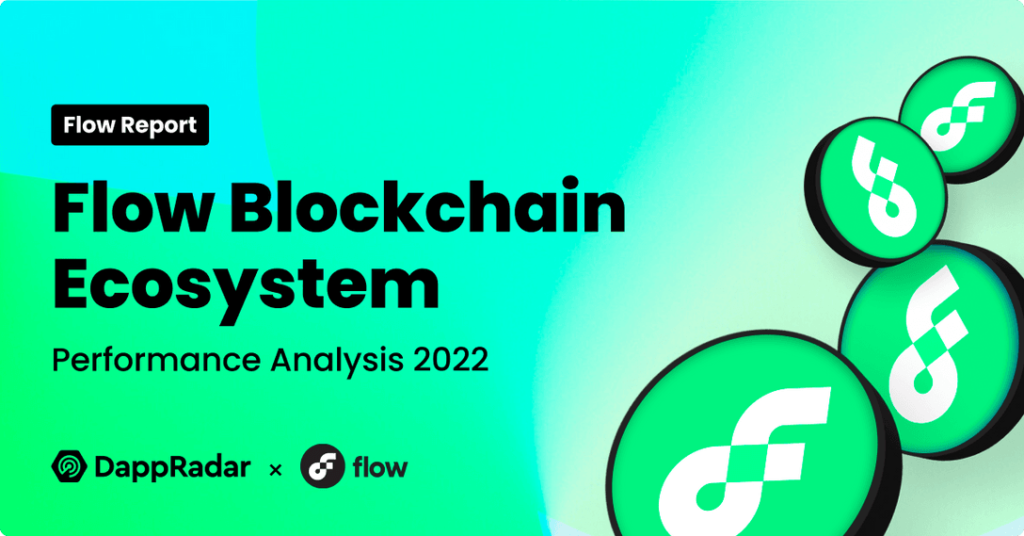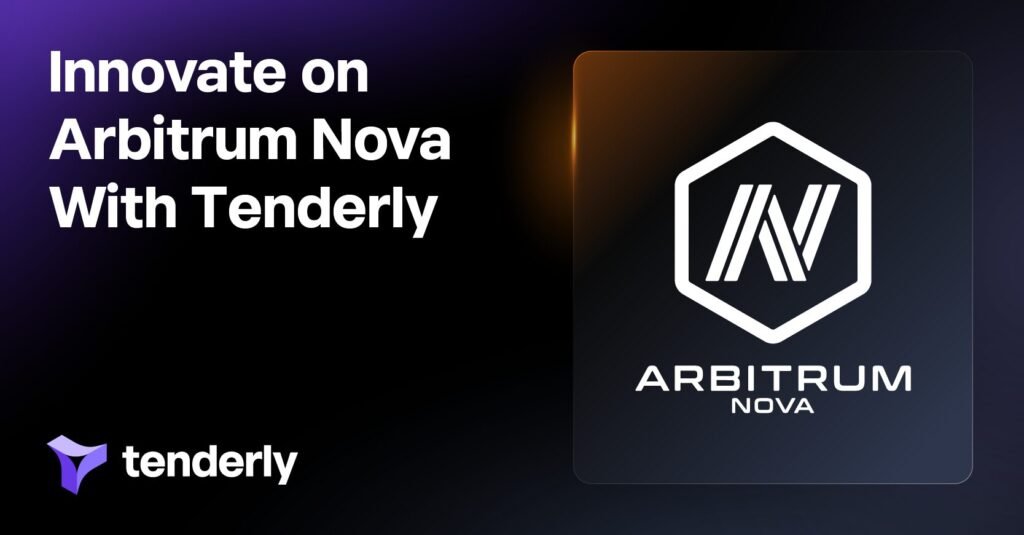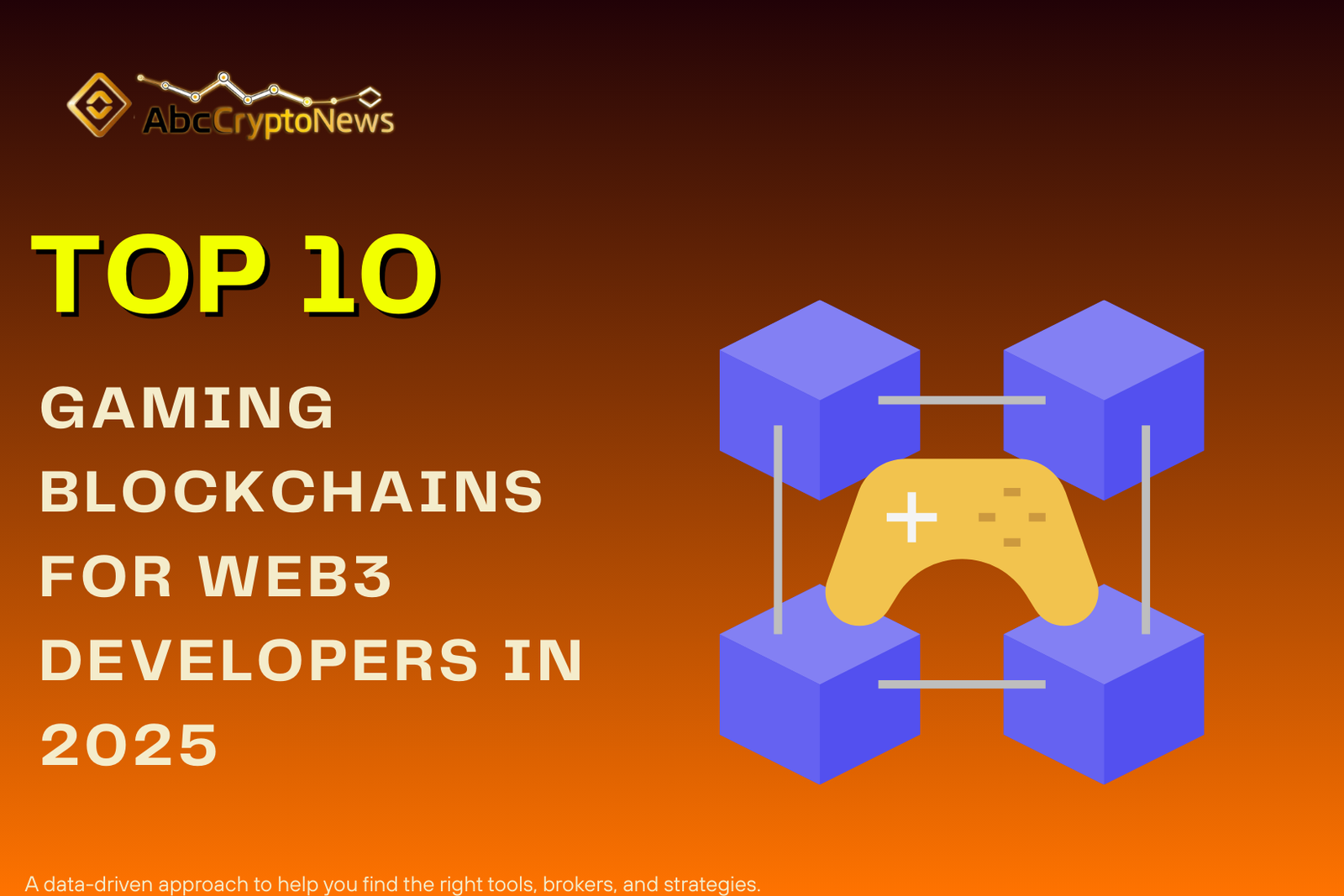Top 10 Gaming Blockchains for Web3 Developers in 2025
Top 10 Gaming Blockchains : The world of Web3 gaming has entered a defining moment in 2025. No longer confined to the early hype of play-to-earn models, the industry now emphasizes scalability, immersive gameplay, and sustainable economies. Developers are building games where ownership is real, where NFTs represent more than collectibles, and where digital economies feel as alive as their physical counterparts.
At the heart of this shift are gaming blockchains—the backbone that supports millions of microtransactions, secure in-game economies, and cross-platform experiences. For developers, choosing the right blockchain is a strategic decision that shapes user adoption, performance, and long-term growth.
What Makes a Great Gaming Blockchain?
Not every blockchain is suited for the demands of gaming. High player concurrency, fast settlement speeds, and interoperability all matter. Developers often weigh platforms based on several criteria:
- Scalability & Transaction Speed: Games need chains that handle thousands of actions per second without lag.
- Developer Tools & SDKs: User-friendly toolkits determine how quickly studios can launch.
- Ecosystem & Partnerships: Support from publishers and exchanges increases discoverability.
- Tokenomics & Incentives: Sustainable economic design avoids the pitfalls of early play-to-earn models.
- Community & Adoption: A thriving player base ensures long-term engagement.
With these factors in mind, here are the top 10 gaming blockchains for Web3 developers in 2025.
Immutable X
Immutable X has become a cornerstone of NFT-driven gaming. As an Ethereum Layer-2 solution, it offers gas-free minting and seamless NFT integration, making it especially attractive for AAA Web3 titles. High-profile partnerships with GameStop, Illuvium, and Gods Unchained have placed Immutable at the center of mainstream blockchain adoption.
Its developer SDK is among the most robust in the industry, reducing friction for studios that want to onboard players without requiring deep blockchain knowledge. By combining Ethereum security with fast, low-cost transactions, Immutable X remains a top choice for developers targeting both accessibility and scale.
Polygon (Supernets for Gaming)

Source: 4pillars
Polygon continues to dominate as a scalable Ethereum Layer-2, but in 2025, its Supernets technology has made it particularly appealing for gaming studios. Developers can deploy dedicated gaming chains, optimized for performance and asset interoperability.
The platform’s partnerships read like a gaming hall of fame—Square Enix and Ubisoft have both tested Web3 projects here. With low fees, strong liquidity, and cross-chain NFT compatibility, Polygon positions itself as a versatile ecosystem for everything from indie studios to AAA publishers.
Solana

Source: Forbes
If speed is the priority, Solana is a natural contender. Known for its high throughput and sub-second settlement times, it fits real-time multiplayer and esports-style gaming environments. Games like Star Atlas have demonstrated Solana’s ability to manage visually ambitious, player-driven economies.
For developers, Solana’s active community and grants programs provide strong support. Its cost efficiency (often under $0.01 per transaction) ensures microtransactions remain viable, allowing developers to build experiences that mimic free-flowing Web2 gameplay while benefiting from Web3 ownership.
Ronin (by Sky Mavis)
Originally built for Axie Infinity, the Ronin blockchain has evolved into a dedicated hub for Web3 gaming. Optimized for NFT-heavy economies, Ronin offers low fees and high customization, catering to developers who want to experiment with asset-rich environments.
With its expansion into third-party games, Ronin is no longer limited to play-to-earn mechanics. Instead, it has become a specialist chain that balances accessibility with deep asset integration, giving developers flexibility in how they design player economies.
BNB Chain – Top 10 Gaming Blockchains
Backed by Binance, the BNB Chain stands out for its liquidity and accessibility. Its ecosystem already hosts a wide array of NFT and play-to-earn projects, from casual games to full-scale GameFi experiments.
Developers benefit from incubator programs, grants, and Binance’s exchange integration, which reduces friction for onboarding new users. With low fees and fast transactions, BNB Chain remains an attractive option for teams prioritizing reach and user accessibility.
Avalanche (Subnets for Gaming)

Source: Real Agency
Avalanche offers developers customizable subnets, making it one of the most flexible blockchains for large-scale gaming projects. Studios can launch dedicated blockchains tailored to their games, ensuring scalability and low latency for real-time interaction.
Its ecosystem has attracted AAA-style Web3 games such as Shrapnel, which highlight Avalanche’s ability to balance performance with developer freedom. The subnet model also appeals to studios that want more control over governance and fees while still benefiting from the broader Avalanche ecosystem.
Flow – Top 10 Gaming Blockchains

Source: DappRadar
Purpose-built for digital collectibles and gaming, Flow is best known as the blockchain behind NBA Top Shot. Designed with mainstream adoption in mind, Flow offers easy onboarding for players who may be unfamiliar with wallets or Web3 mechanics.
The chain’s robust NFT infrastructure makes it especially attractive for developers building games centered around branded assets, digital cards, and collectibles. Flow’s developer tools and consumer-friendly design ensure it remains a leader in onboarding non-crypto-native gamers.
WAX (Worldwide Asset eXchange)

Source: Mitrade
A veteran in blockchain gaming, WAX has carved out a niche in NFTs and in-game collectibles. With a strong reputation among early adopters, it continues to host popular titles like Alien Worlds.
Eco-friendly and low-cost, WAX offers a stable environment for trading-focused games and player-driven economies. While its ecosystem is more specialized than broader blockchains, its longevity and focus on collectible-based economies make it a reliable choice for niche developers.
Arbitrum Nova – Top 10 Gaming Blockchains

Source: Tenderly
A gaming-optimized version of Arbitrum, Arbitrum Nova caters to projects requiring high transaction volume at very low costs. Its Ethereum compatibility makes it easier for developers to port existing projects while benefiting from Nova’s performance advantages.
In 2025, Nova has gained traction with studios building fast-paced, microtransaction-heavy games. With an ecosystem still in expansion, it provides an opportunity for developers who want to experiment in a growing, cost-efficient environment.
Oasys

Source: Games.gg
Oasys has made waves as a gaming-first blockchain backed by major industry players including SEGA, Bandai Namco, and Ubisoft. Purpose-built for developers, it combines high-speed transactions with NFT asset integration, catering to both hardcore gamers and casual audiences.
Its Japanese partnerships give Oasys a unique cultural edge, as many studios explore Web3 extensions of well-known franchises. For developers, Oasys provides both credibility and technical stability, making it one of the most exciting emerging blockchains in 2025.
Key Trends for Web3 Developers in 2025 – Top 10 Gaming Blockchains
- AI-driven game design is reshaping user experiences, enabling adaptive economies and smarter NPCs.
- Mainstream publishers like Ubisoft and SEGA are deepening their Web3 commitments, signaling broader adoption.
- Sustainable economies are replacing short-lived play-to-earn incentives, focusing instead on skill, competition, and narrative-driven engagement.
- Cross-chain interoperability is becoming essential, ensuring assets and identities can move freely across ecosystems.
- Investor confidence in gaming tokens is rising, particularly in platforms with proven ecosystems and real user bases.
Conclusion – Top 10 Gaming Blockchains
The top 10 gaming blockchains of 2025 illustrate how diverse the Web3 gaming landscape has become. From Immutable X’s gas-free NFTs to Solana’s ultra-fast settlement and Oasys’s big-name partnerships, each chain offers a different vision for how digital economies and gameplay will evolve.
For developers, the choice of blockchain depends on their game’s core design—whether it’s a collectible-focused experience, a real-time esports title, or a large-scale RPG. What’s clear is that gaming remains one of the most important gateways for mass blockchain adoption, and the right blockchain foundation will be a defining factor in any project’s success.




